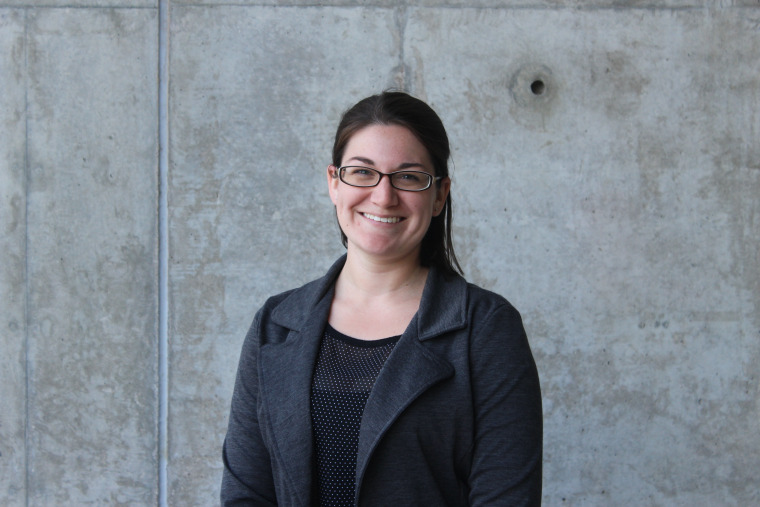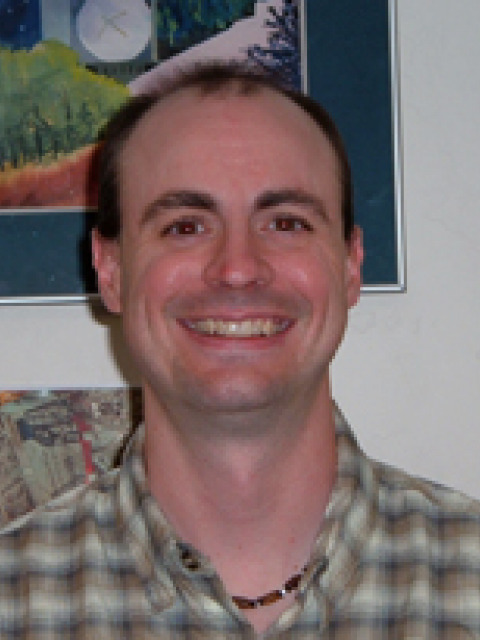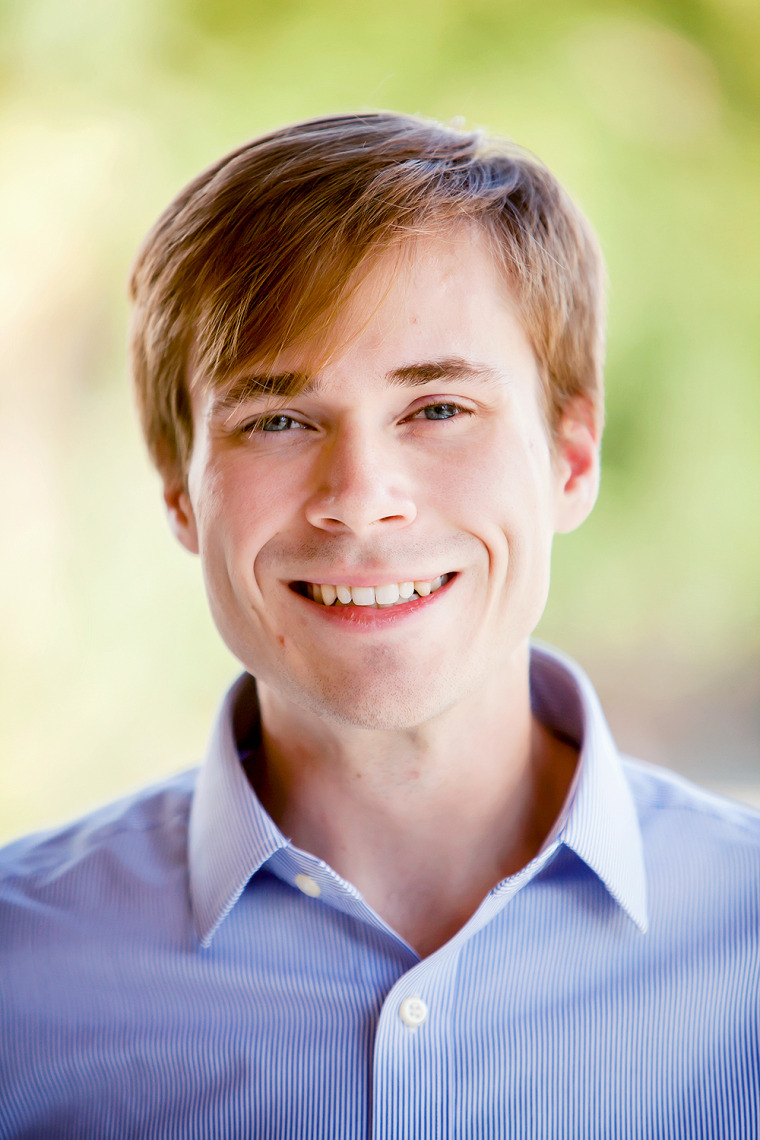Emily Finan
Emily Finan

As a graduate student in the PhD program at the College of Optical Sciences, my research focuses on the design, implementation, and testing of optical systems in order to engineer solutions to real-world problems. Optical Sciences plays a role in many of the emerging technologies transforming our society, and optics will continue to be a topic of interest for future STEM students. My involvement with outreach activities through Women in Optics (WiO), Student Optics Chapter (SOCk), Women in Science and Engineering (WISE), and the Center for Integrated Access Networks (CIAN) has been in the hopes of inspiring these future innovators. This NASA Space Grant project will build on these outreach activities to develop an online hub in order to centralize the outreach efforts for the students of the College of Optical Sciences. The website will provide training for students new to leading demonstrations, emphasize scientific literacy and effective scientific communication, and serve as an accessible resource for STEM classrooms.






